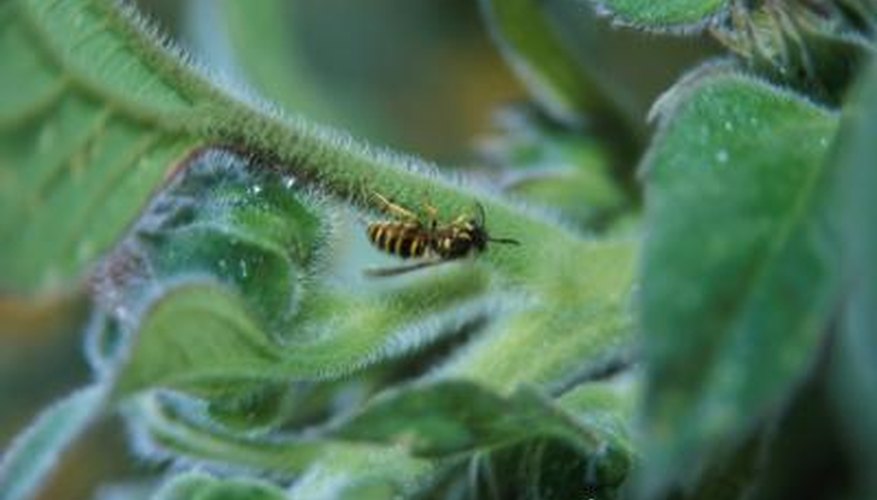An ecosystem is comprised of the complex interactions of life forms and environmental properties, such as animals, plants, bacteria, water sources, air and land, according to the Food and Agriculture Organization of the United Nations. When defining an ecosystem, there is an assumption of balance and equilibrium seen in an ecosystem, according to College of DuPage biology professor Lynn Fancher. However, defining an ecosystem as "stable" implies many complexities.
Clarification
When you refer to the stability of an ecosystem, you are most often referring to the ecosystem's general and relative balance between all of its organic and inorganic components. Therefore, stable does not here mean always the same. In this case, scientists are describing an ecosystem that sees little change or slight change over a period of time. Concerns over the health of an ecosystem are warranted if scientists observe large-scale environmental shifts or biodiversity loss over a short time, and the ecosystem does not revert back to its original balance.
- When you refer to the stability of an ecosystem, you are most often referring to the ecosystem's general and relative balance between all of its organic and inorganic components.
- In this case, scientists are describing an ecosystem that sees little change or slight change over a period of time.
What Could Change
Scientists become concerned over abrupt changes or radical shifts from what is normally seen within an ecosystem. This is because, under normal conditions, an ecosystem should be able to self-sustain over a large period of time. For example, a rainforest does not become a desert over the span of a decade. Such an abrupt change would mean something radical happened to the balance of the ecosystem, whether it was from climate, weather or the loss of organic life. Hence, scientists need to be concerned over any changes to the food chain, erosion rates, plant growth and general climate in an ecosystem.
- Scientists become concerned over abrupt changes or radical shifts from what is normally seen within an ecosystem.
- This is because, under normal conditions, an ecosystem should be able to self-sustain over a large period of time.
Biodiversity
Biodiversity entails all the organic parts of the environment that help sustain the regular flow and balance of an ecosystem. Members such as bacteria, insects and plant life help with variables in an ecosystem. For example, strong plant diversity may help retain abundant amounts of nutrients that help feed bacteria and animal life. Similarly, more trees lessen the chance that erosion from water supplies will harm the ground surface of the ecosystem. Biodiversity, then, becomes a central measurable variable for scientists when assessing an ecosystem.
- Biodiversity entails all the organic parts of the environment that help sustain the regular flow and balance of an ecosystem.
- Similarly, more trees lessen the chance that erosion from water supplies will harm the ground surface of the ecosystem.
Ruling Out Seasonal and Climate Shifts
Scientists need to consider the fact that an ecosystem itself may go through seasonal or climate shifts. Many ecosystems go through long term shifts because of climate patterns that may seem radical, but are not damaging to the overall stability of the ecosystem. For example, the climate pattern El Nino influences Pacific Ocean weather patterns for a period of years. However, if the ecosystem is able to return to a previous equilibrium quickly thereafter, the climate or seasonal phenomena are not too negative to the ecosystem's stability.
- Scientists need to consider the fact that an ecosystem itself may go through seasonal or climate shifts.
- Many ecosystems go through long term shifts because of climate patterns that may seem radical, but are not damaging to the overall stability of the ecosystem.
